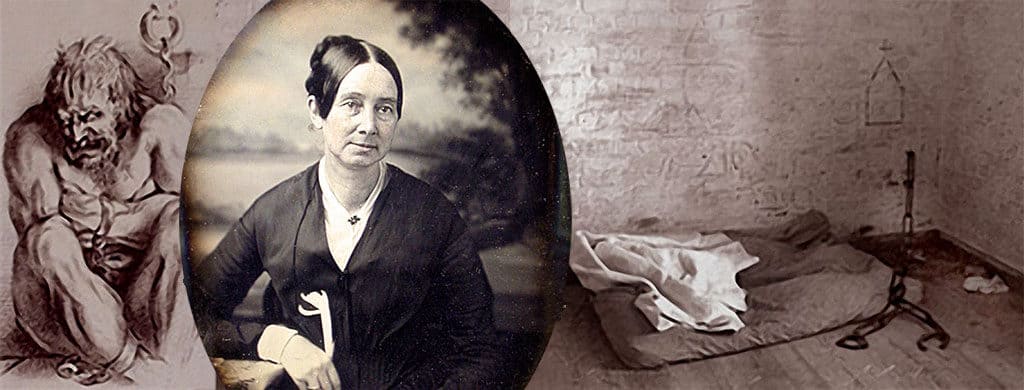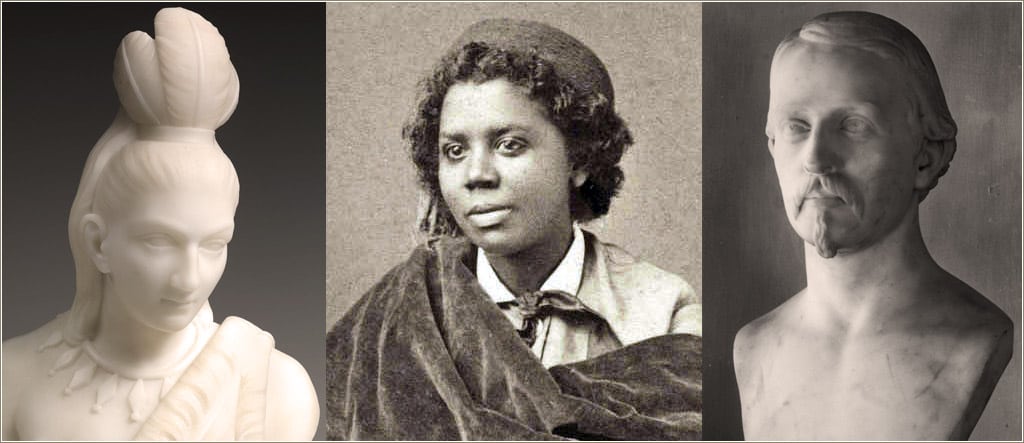
Marguerite de Angeli, this Wednesday’s Woman, was born in a small town where “we’d had no library.” But in her later years, as the beloved best-selling author and illustrator of books that influenced the values of generations of children, she returned to that same town to read her books to children at the library named in her honor.
During her long publishing career, de Angeli excelled at depicting the traditions and cultural diversity of people often overlooked in children’s literature of the time — a Great Depression family, African-American children experiencing racism, Polish miners whose dreams took them beyond Pennsylvania’s coal mines, the disabled, 19th-century Quaker abolitionists, native Americans and immigrants.
Continue reading “Marguerite de Angeli: A Pioneer of Multicultural Children’s Literature”









